by Fan Railer
New info out on new BART cars from Bombardier:
http://www.bart.gov/news/articles/2013/news20131121-2
http://www.bart.gov/about/projects/cars
http://www.bart.gov/sites/default/files ... cket_2.pdf (pages 91-94 of PDF file)
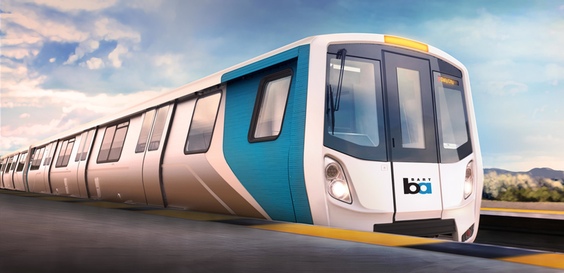
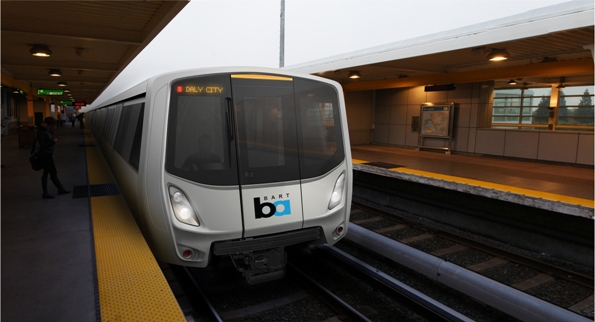
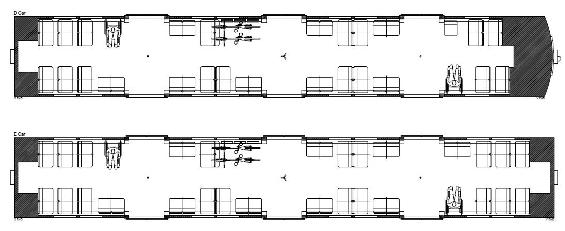
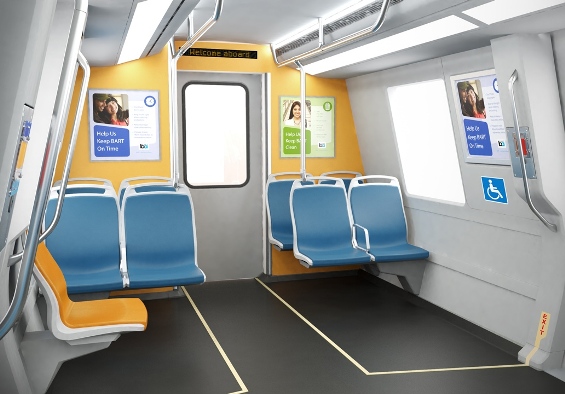
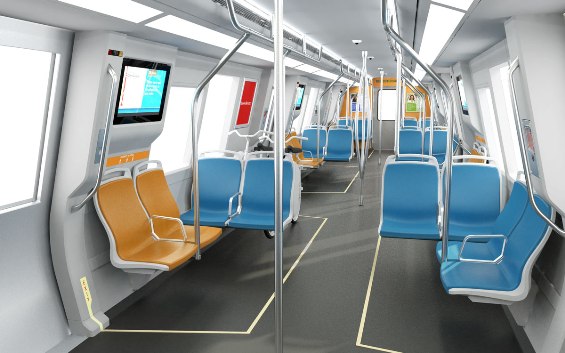
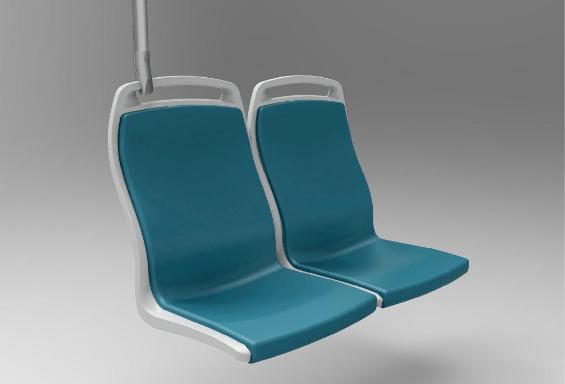
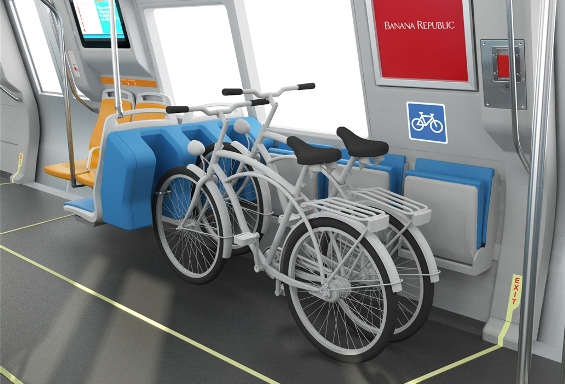
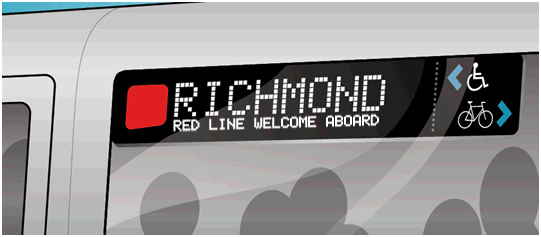
On November 21, 2013, BART purchased 365 more cars, for a total fleet size of 775 new railcars, while also accelerating the delivery schedule by 21 months (from 10 cars per month up to 16 cars per month) and lowering procurement costs by approximately $135 million. According to the contract, at least two-thirds of the contract’s amount must be spent on American parts.Information from these sources:
There will be two different types of car configurations for the new fleet: a cab car (D-cars), and a non-cab car (E-car). All cars are to be equipped with bike racks, new vinyl seats (57 per car), and a brand new passenger information system which will display next stop information.
http://www.bart.gov/news/articles/2013/news20131121-2
http://www.bart.gov/about/projects/cars
http://www.bart.gov/sites/default/files ... cket_2.pdf (pages 91-94 of PDF file)







